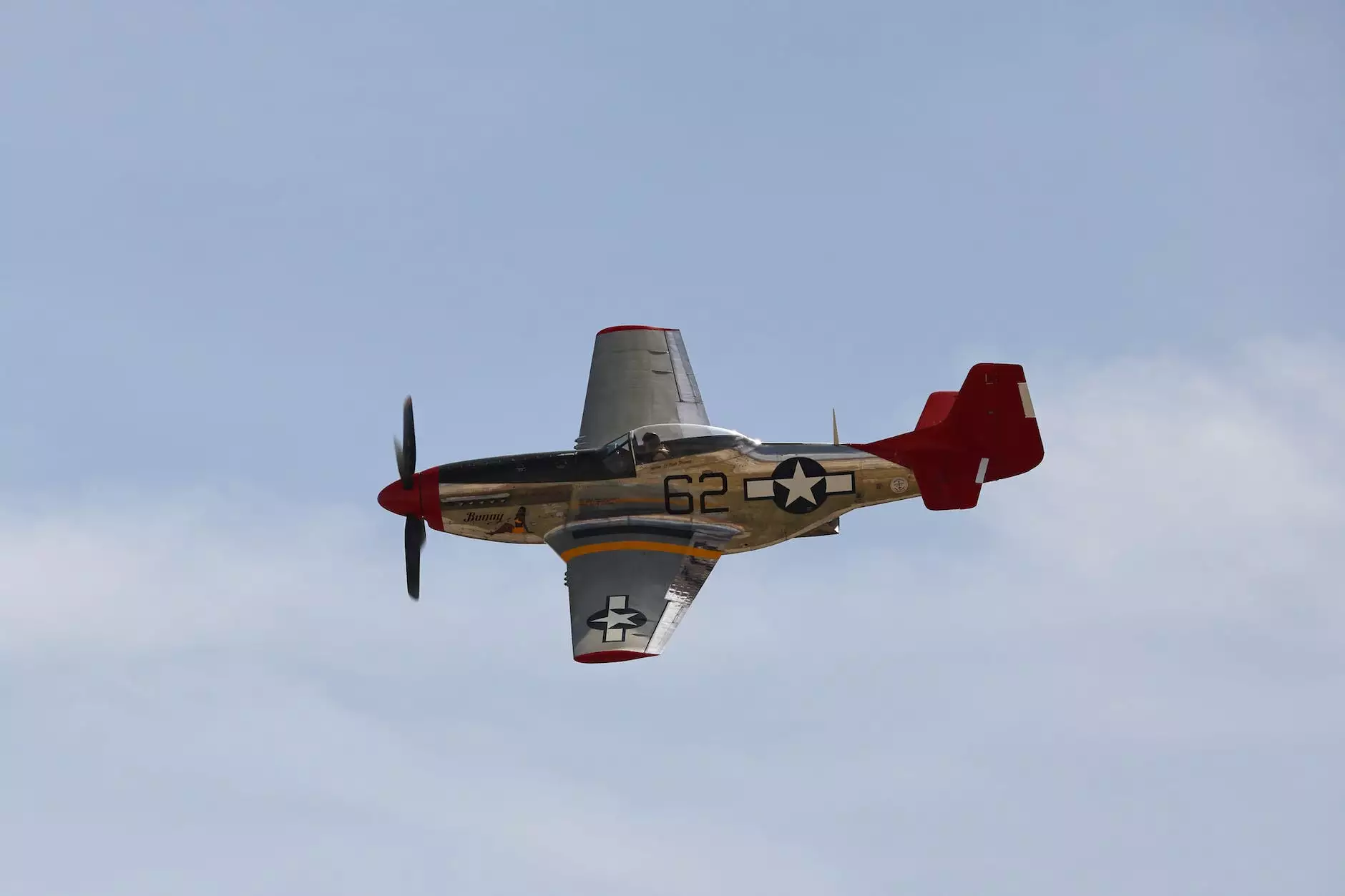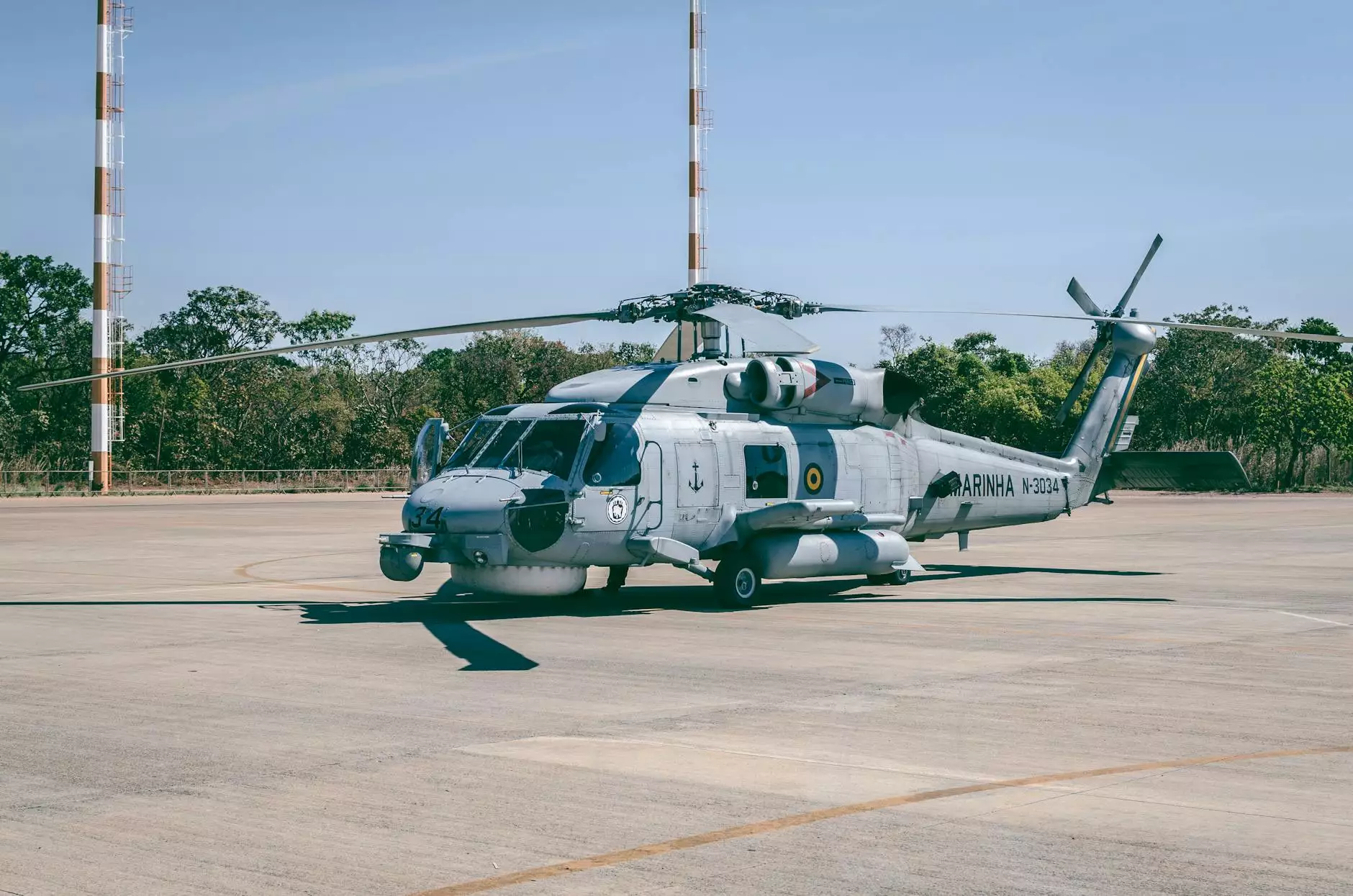Objects | The Mitsubishi Ki-21

Introduction
Welcome to La Historia Society's page dedicated to one of the most remarkable objects in aviation history - the Mitsubishi Ki-21. In this detailed exploration, we will delve into the rich history, innovative design, and significant contributions of this iconic aircraft.
A Brief Historical Overview
The Mitsubishi Ki-21, also known as the "Sally" by Allied forces, was a twin-engine medium bomber aircraft developed and utilized by the Imperial Japanese Army Air Service during World War II. It made its first flight in December 1936 and served as a pivotal component of Japan's aerial warfare strategy until the end of the war.
Design and Features
The Ki-21 was designed as a long-range bomber capable of carrying a substantial payload. It featured an all-metal construction, with a streamlined fuselage and extensive use of light alloys to enhance its performance. Its notable characteristics included a high-mounted wing and a spacious crew compartment, accommodating a pilot, co-pilot, and several gunners.
Engine and Power
Equipped with powerful engines, the Mitsubishi Ki-21 possessed impressive performance capabilities. It utilized either Mitsubishi Ha-101 or Nakajima Ha-101 radial engines, delivering substantial thrust for extended ranges. The efficient engine design allowed for successful missions deep into enemy territory, providing a strategic advantage for Japan.
Armament and Defensive Measures
The armament of the Ki-21 varied throughout its production. Early versions were factory-equipped with a combination of machine guns in dorsal, ventral, nose, and waist positions. However, as the war progressed and the need for increased firepower arose, some variants featured additional heavy cannons and increased defensive turret coverage.
Operational Use and Significance
The Mitsubishi Ki-21 played a significant role in the Imperial Japanese Army Air Service's operations during World War II. It conducted numerous bombing sorties, targeting enemy infrastructure, military installations, and naval vessels in the Pacific theater and Southeast Asia. The Ki-21's long-range capabilities, coupled with its ability to carry a substantial payload, contributed to its success in both offensive and defensive missions.
Legacy and Impact
Despite its eventual obsolescence due to the advancement of aviation technology, the Mitsubishi Ki-21 left a lasting impact on military aviation history. Its design and operational capabilities served as a precursor to future bomber aircraft, influencing the development of subsequent models. The engineering innovations and lessons learned from the Ki-21's service continue to shape the field of aviation today.
Conclusion
La Historia Society invites you to delve into the captivating history and intricate details of the Mitsubishi Ki-21. By exploring its design, operational use, and lasting impact, we hope to paint a comprehensive portrait of this remarkable object in aviation history. Join us on this journey of discovery and uncover the legacy of the iconic Mitsubishi Ki-21.










